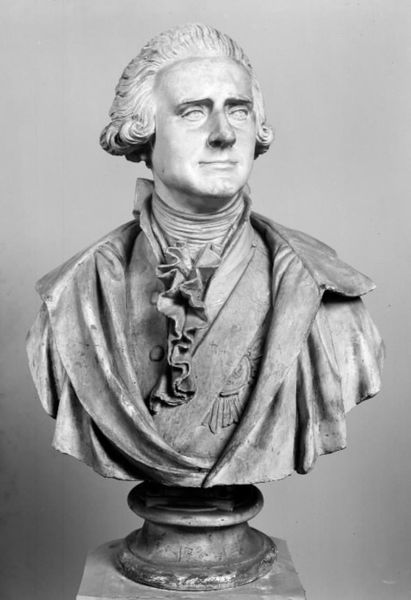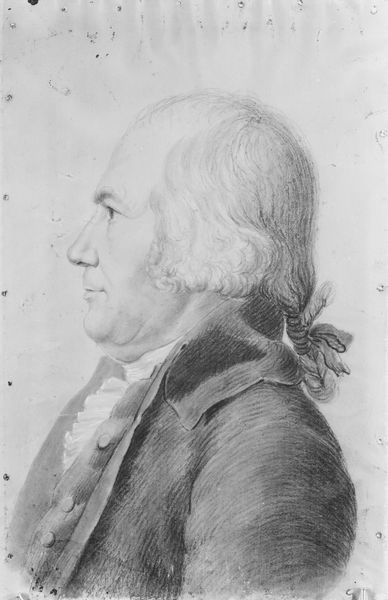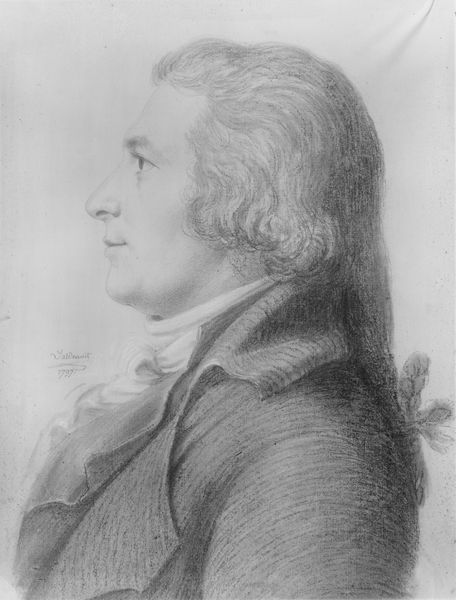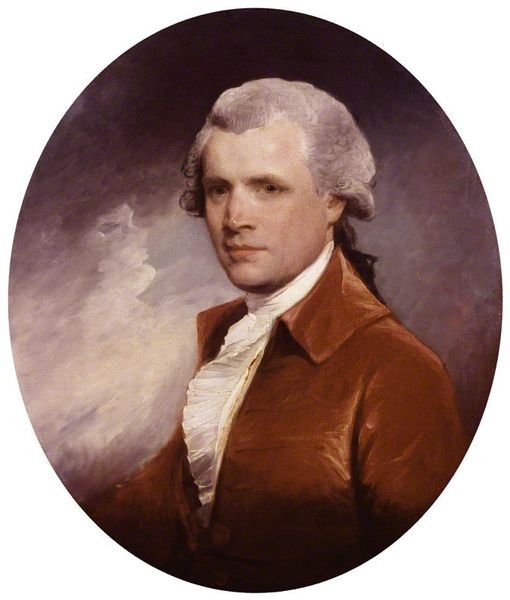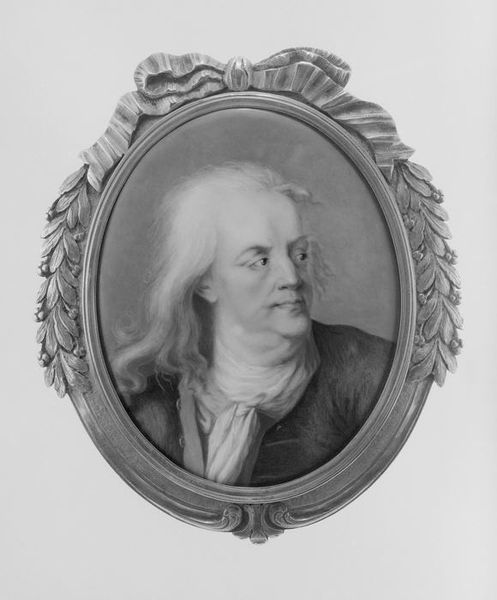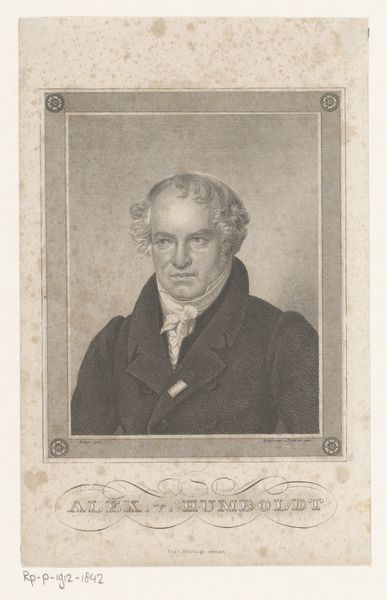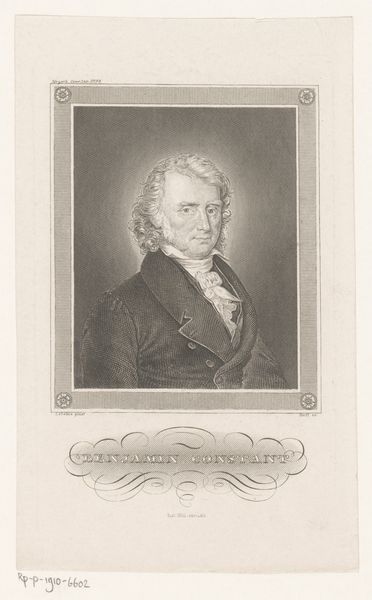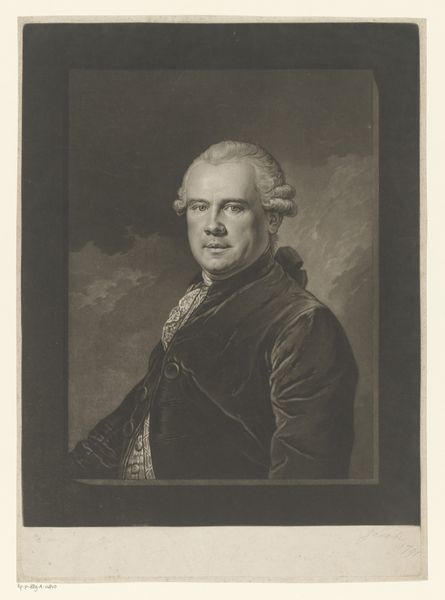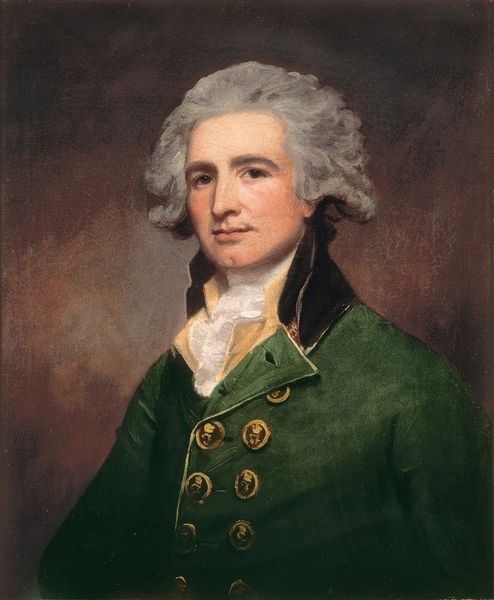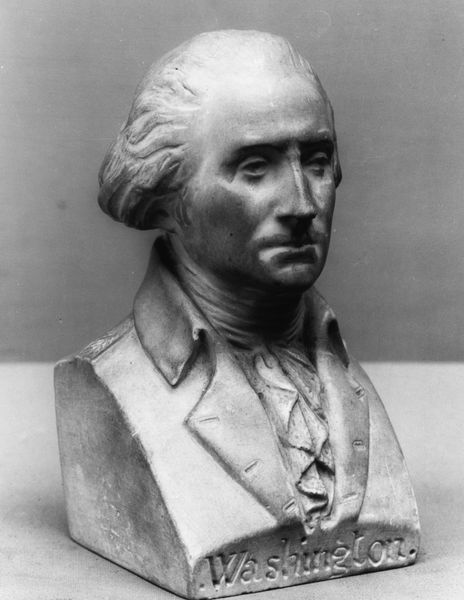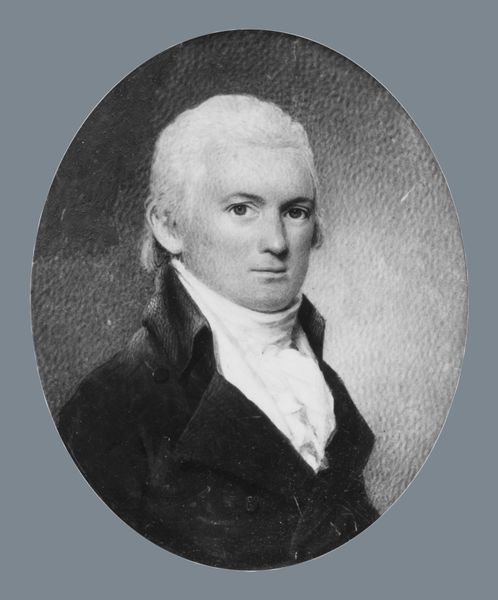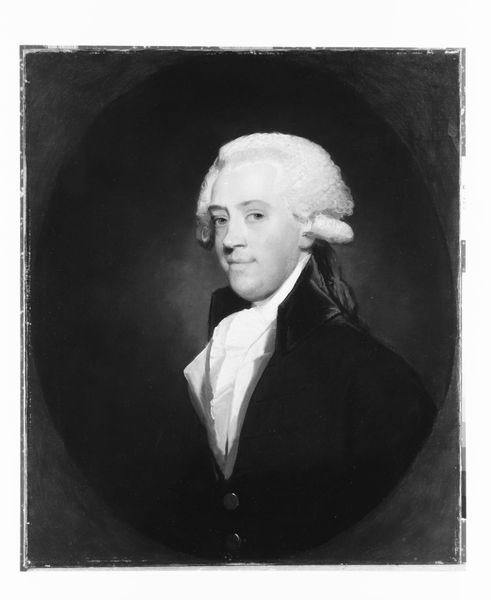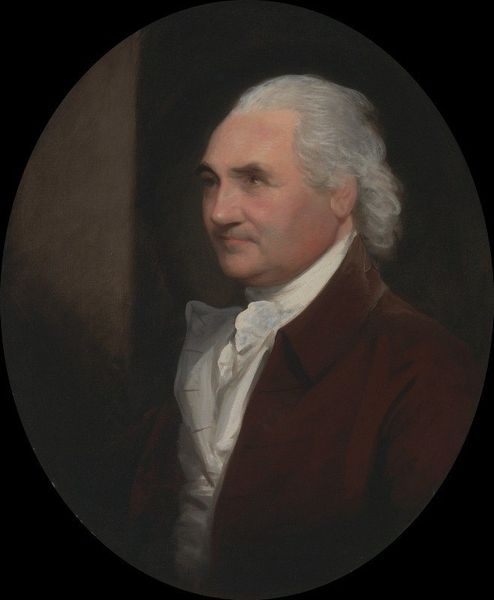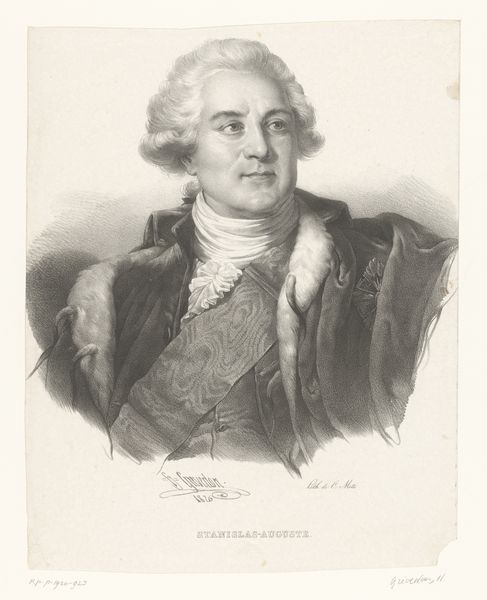
sculpture, marble
#
portrait
#
neoclacissism
#
sculpture
#
sculpture
#
marble
Copyright: Public domain
Curator: This striking marble bust, titled "Jean-Jacques Rousseau," was crafted in 1778 by the skilled hand of Jean-Antoine Houdon, and is currently held in the collection of the Metropolitan Museum of Art. Editor: The first thing I notice is the brow – intensely furrowed, like he's eternally pondering existence. I bet this sculpture felt awfully contemporary when it was made. It's kind of confrontational. Curator: Precisely. Houdon wasn't simply creating a likeness. This Neoclassical sculpture speaks volumes about Rousseau’s complex socio-political theories. Houdon renders Rousseau not merely as an individual, but as a representation of the Enlightenment’s emphasis on reason and the “natural man”. Editor: But there's a vulnerability too, despite the intellectual air. It's in the way the marble suggests soft tissue around the eyes and mouth, the gentle curve of his lips. It’s as if the marble captures a flicker of emotion beneath the intellectual facade. Curator: That’s a perceptive observation. Consider how his garments differ from typical aristocratic depictions. Houdon presents him in more modest clothing. It’s a nod to Rousseau’s philosophy, which challenges hierarchical societal norms. Think of it as a statement about accessibility of philosophical pursuit beyond the aristocratic elite. Editor: I’m also struck by the craftsmanship. The texture of the wig, for example—it looks incredibly real, the way the light catches it, despite it all being solid marble. Houdon seems to delight in contrasting that with the smoothness of his skin. Almost cheeky of him. Curator: And politically charged when one considers that Neoclassical sculpture historically was reserved for leaders and mythological heroes! Houdon presents a man known for philosophical radicalism in that classical style, thereby equating his subject to traditional figureheads of social and political importance. This challenges the traditional aesthetic conventions used to perpetuate power and privilege. Editor: Right. It asks: who deserves to be immortalized? And how? Looking at it now, it's kind of amusing to imagine Rousseau’s reaction. Would he approve of his head being enshrined in marble? Curator: I think such ambiguity makes it particularly compelling even centuries later. Houdon’s portrait serves as an enduring visual document of a pivotal intellectual figure and encourages us to investigate the interplay between art, identity, and socio-political discourse. Editor: Agreed. And as a work of art, the Houdon bust presents us with that timeless dance between strength and vulnerability, which might well be the heart of human existence.
Comments
No comments
Be the first to comment and join the conversation on the ultimate creative platform.
